I hope you’ll be joining us. Even if you’re not a blogger, you can still join us by commenting below in our blog posts, sharing your success stories, questions, reservations, and ideas!
The 1st chapter is all about how the second Daily 5 has changed since the first book was published. Here are the main differences I noticed and hold-on to as a teacher.
What does Daily 5 Look Like?
It begins with a description of a Daily 5 classroom and makes me smile. There is a hum in the room as students are working all in different parts of the classroom. The teacher is working with a single student or a group of students. Students know where classroom resources are and move comfortably and independently around the room. As students finish a round of Daily 5, they feel free to make another choice or confer with a friend. Reading and writing are happening.
I first read The Daily 5 the summer before teaching 5th grade, but ended up using a workshop model due to time contrasts…and a tremendous fear of – How do I start Daily 5? Moving to 1st grade, I jumped-in head first and throughout the year I saw the most tremendous growth. We all worked hard, and it truly paid off. My 1st grade friends left our classroom loving reading, books, and writing. Plus, their independence was incredible. So, as I read Gail and Joan’s description of a Daily 5 classroom, it makes my heart happy. We as teachers have the opportunity to create that environment!
Gail and Joan also spend a chunk of this chapter discussing that Daily 5 and Daily 3 are structures for organizing your reading and math time. They do not contain any content. This means, whether you teach using a basal or content standards, you can make these structures work for you! Earlier this year, I shared how I make Reading Street (our school’s reading curriculum) merge with the Daily 5 focus in our classroom.
In this first chapter, you also see a huge push for flexibility. The first edition of Daily 5 is more like “these are the rules, follow them” and this 2nd edition supports the idea “do what works best for your classroom.” Specifically, Joan and Gail no longer suggest doing all 5 rounds of Daily 5 each day. For young students they suggest 3 and for older students with more stamina they suggest 2. Teacher truth?! I’ve never done all 5 rounds of Daily 5, there just isn’t enough time. We focus on 4 rounds each day and in the last quarter we moved to 3 rounds each day. You can read more about how I structure our first 9 weeks of Daily 5 (without choice) in this blog post.
Additionally, the order in which you introduce choices has changed. Read to Someone is no longer second behind Read to Self. Work on Writing has now taken that position. They suggest we introduce the remaining elements in whichever order is most appropriate for the group. For my friends, I introduce read to self, read to someone, word work, listen to reading, and then, work on writing. I keep work on writing last because I find it takes my friends A LOT of time to build independence to the level where they can write for a full 15-20 minutes without breaking stamina. So, at the beginning of the year, we build reading and writing stamina!
In this 2nd Edition, we also see a section of content devoted to the Daily 3 – a structure for organizing our math time with math by myself, math with a friend, and math with my teacher. I coupled this with Guided Math starting in January, and fell in love. I can’t wait to dive-in head first in August!
The last section of Chapter 1 discusses how the Daily 5 works together with CAFE (Comprehension, Accuracy, Fluency, and Expand Vocabulary). I’ll be honest, this is where I need to refocus this year. I know these are the basics of Guided Reading, and I did not intentionally focus on each of these to goal-set with students. This year, our school and district will begin using Common Assessment, moving us away from our basal series. Although we already heavily supplement reading, it’s the perfect time to go back to the basics of CAFE and Fountas & Pinnell Guided Reading – intentionally planning small-groups around specific content skills. As I am reading Daily 5, I’m also working on CAFE.
So, friends, what did you think about Chapter 1? If you use Daily 5 in your classroom, are these changes actually changes for you and how will you organize your reading block? If you don’t use Daily 5, does this chapter make everything look a little more manageable? I’ve love to hear your ideas!
Read along with us and join the conversations here:
Get Free Teaching Resources!
Join me for weekly classroom updates and free resources that are just-right for your guided math classroom!
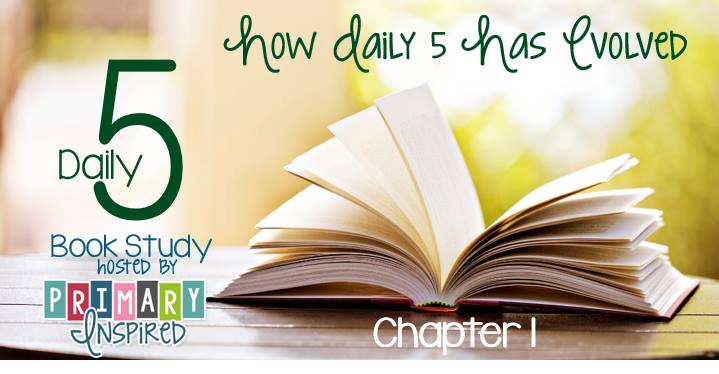
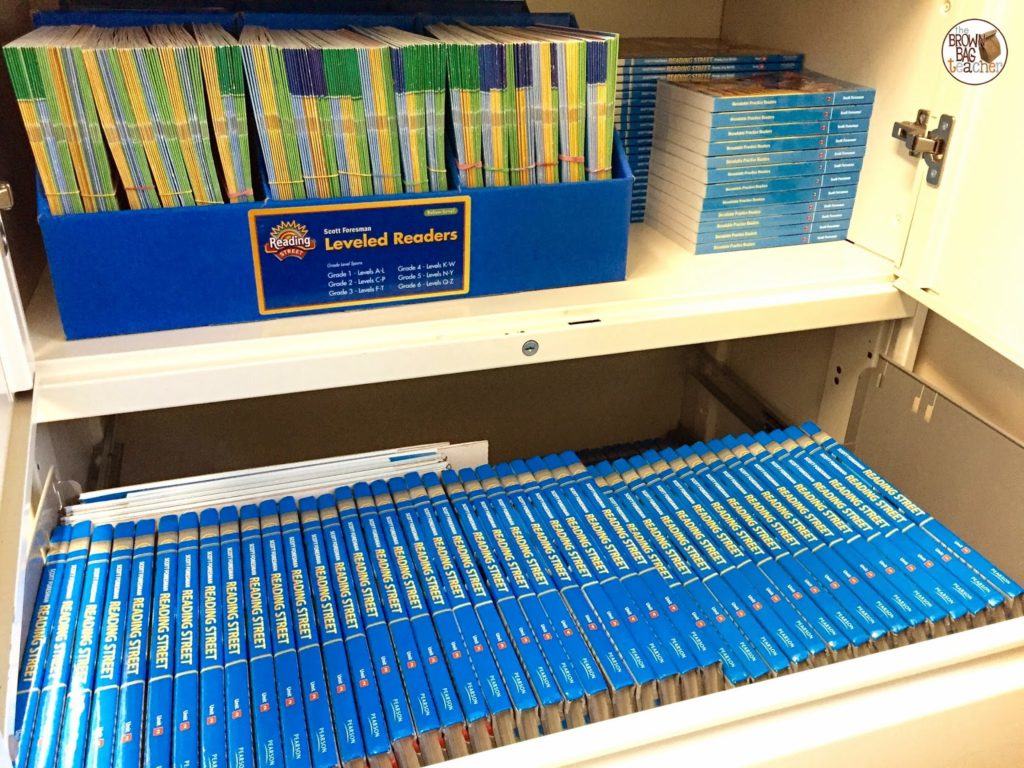
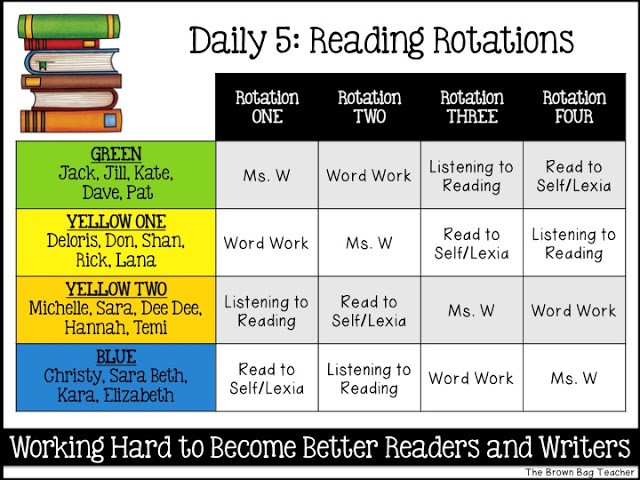
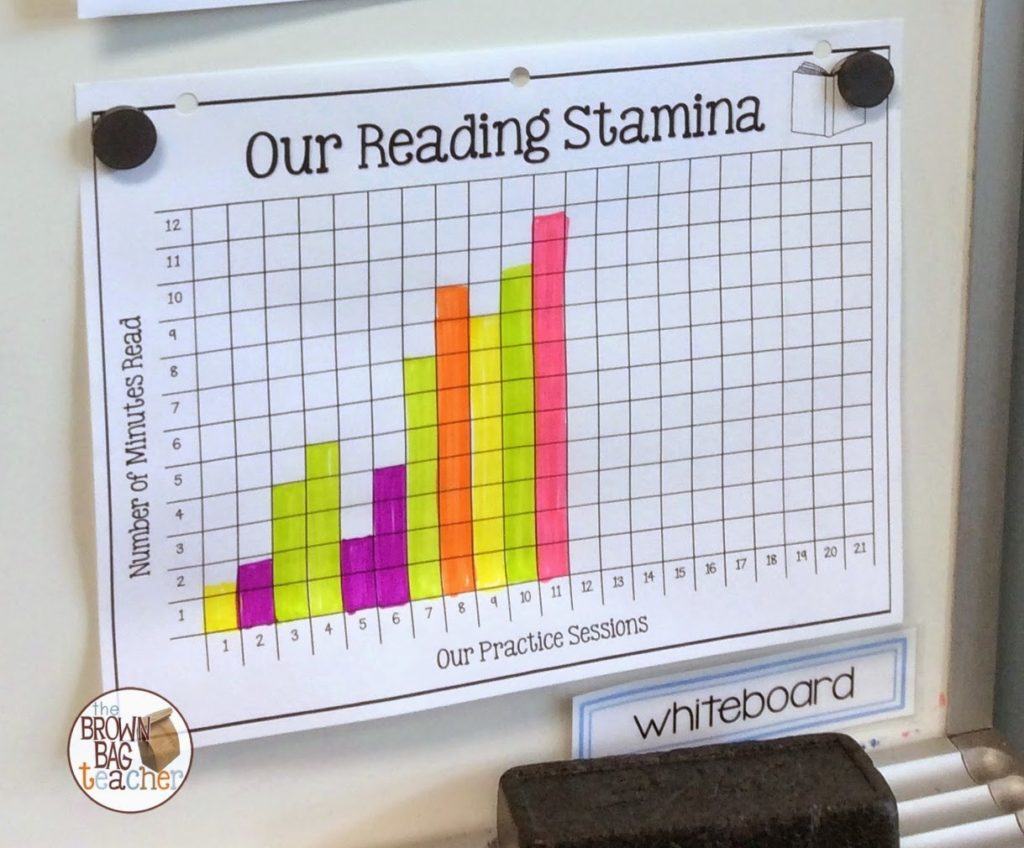


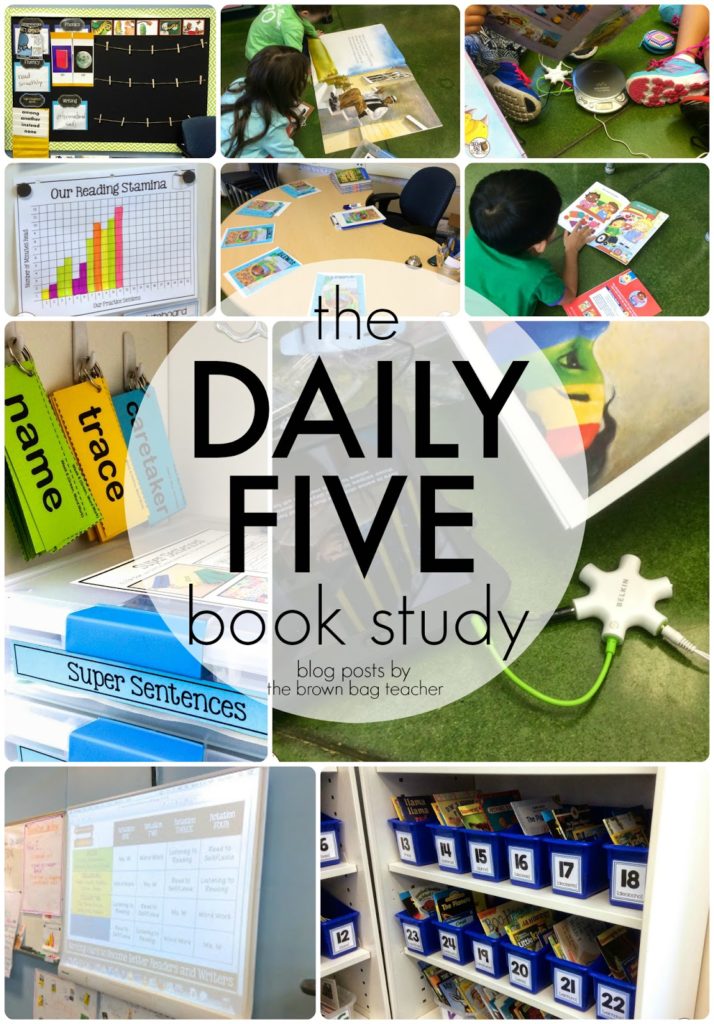

Thank you so much for sharing.
I bought the 2nd edition last summer but never got around to reading it. This book study has inspired me to get it read! Looking forward to joining you all in this study!
I read this last year, but was too overwhelmed to try it. Now, as I am about to change grade levels, I think it's the right time to dive in! As mentioned in the book, I want to set up my students for independence. I don't want to jut manage their learning — they need to find a love for learning independentally. I'm not quite done with chapter 1, but already I feel motivated to actually incorporate Daily 5 this year!
I completely understand, Amy! I'm so glad you'll be joining us. 🙂
Thank you for your thoughts about the the new edition. You've piqued my interest and I am going to B&N tomorrow and pick it up. I like the new changes because the structure in the 1st book is what I was overwhelmed with. Could never fit it all in.
Pauline
Absolutely, Pauline! The 2nd book is so much for flexible and go-with-the-flow. So glad you'll be joining us! 🙂
Thanks for sharing, Catherine! I am going to attempt to read along with you on the Daily 5 Book study. This coming school year will be my first year teaching 1st grade. I have never "officially" implemented Daily 5. I have read the book, seen classrooms using it, but have always been afraid becuase no one in my school is using it…or even heard of it. I'm going to put my big girl panties on this year, and just do it! I know it will be best for my students.
My school also uses Reading Street materials. I loved hearing how you implemented Daily 5 with R.S. in your previous post. After reading this first chapter I do have a few questions. When you look at the structure of Daily 5, with the focus lessons, and CAFE- What do you focus on during the mini-focus lessons? Do you even do mini-lessons? I have always seen teachers introduce all whole-group lessons within the first 25-30 minutes and then students work in independent centers/small groups. As far as Reading Street goes, are your focus lessons parts of that weekly story lesson plan? One focus being phonics, another being writing, and so on?
I might be jumping ahead with my next question, but if I don't ask now I will forget it later! Those first few days when you're introducing student choices and building stamina- What do you do after that during your reading block? I think we are to go over expectations, discuss expectations, students go and practice that skill (let's say read to self stamina), once stamina is broken everyone comes back and reflects on their learning. Then what? Do you practice again? Do you teach content during this time? Whole group lessons?
I have glanced over the launching lesson plans in the back of the book. My answers might be answered by looking at these and reading the rest of the book, but I wanted to hear your response first. Thanks!
Morgan – your opening paragraph is the best ever. That is EXACTLY how I felt. For a little while I felt like I was flying blind, so am so glad I took the leap.
This past year, I did very short (7 ish minutes) mini-lessons between the first 3 rounds of Daily 5. I used one mini-lesson as a reading mini-lesson (from Reading Street), one writing mini-lesson, and one grammar. This year I'm hoping to pull from the CAFE strategies are mini-lessons, too.
I *do not* do anything with the basal/story as a whole-group. If it is Leveled for my reading groups, I will use it. If it is not developmentally appropriate (i.e. 2 or more F&P levels too high), I do not use it.
In terms of launching, we do a TON of practice. In those first few weeks, I plan lots and lots of small activities that we can move between. Often times, I will introduce something over expectations, discuss expectations, students go and practice that skill (let's say read to self stamina), once stamina is broken everyone comes back and reflects on their learning. Then, we'll do a read-aloud or move to a short math activity. Then, we might turn back to stamina later in the day. Additionally, I introduce lots of learning games in the first weeks that I can pull on later in the year during centers.
Thanks so much for joining us for the study! I can't wait for future weeks.
Wonderful! Thank you so much!
Great! Thank you.
I also am changing to a lower grade that uses the Daily 5. I am hoping to learn more about this through this blog. Thanks,
Loved this post! I especially benefited from how you use reading street. I would love to See and understand your reading rotation Schedule more clearly. When I clicked the link for it I was routed to a description of teacher instructional books. Do you go into this in more depth on your blog in another post?
I'm also very interested in your math rotations and setting up those centers. So excited I came across this updated Daily 5 book study!
Hello! Thanks for the your note. I'm not sure what link you're referring to, but CAFE is the assessment portion of The Daily 5. It is actually a book.
To see what my rotations look like, you can check out this post – http://thebrownbagteacher.blogspot.com/2015/07/when-to-launch-next-daily-5-choice.html
For a description of my teacher table time, I've explained more here – http://thebrownbagteacher.blogspot.com/2014/11/guided-reading-1st-grade-style.html
Math Rotations, here – http://thebrownbagteacher.blogspot.com/2015/01/1st-grade-math-center-ideas.html
I absolutely LOVE your Reading Stamina tracking chart! Did you make that? I need one for my 1st & 2nd graders!
Hi Jenny! I did create the graph. You can grab it for free from DropBox here – https://www.dropbox.com/s/io3ihf2f3bnhz59/Stamina_Freebie-2.pdf?dl=0
Hi, I haven't graduated yet and I am currently completing my imternship. I have read a few chapters on your blog, as well as the other ladies and yours srands out to me the most. I am very in terested in this method and it seems to be something I would use when I am in my own classroom but it does seem like a lot to take on let alone in my first year of teaching. Do you think it would be a good idea to use this method in my first year or do you think it is something that is best used after I gain more experience?
I haven't bought the book yet bUT I plan to. I am wondering what kind of lessons you are teaching when you say 7 minute mini lessons? AND if they are to the whole class or individual groups? Thanks for any help
Hi, I haven't graduated yet and I am currently completing my imternship. I have read a few chapters on your blog, as well as the other ladies and yours srands out to me the most. I am very in terested in this method and it seems to be something I would use when I am in my own classroom but it does seem like a lot to take on let alone in my first year of teaching. Do you think it would be a good idea to use this method in my first year or do you think it is something that is best used after I gain more experience?
I haven't bought the book yet bUT I plan to. I am wondering what kind of lessons you are teaching when you say 7 minute mini lessons? AND if they are to the whole class or individual groups? Thanks for any help
Hello friends! Today I'm joining a fabulous group of friends for an online book study of The Daily 5. Over the course of the next 8ish weeks, we'll … ebookbags.blogspot.com
I like to read your post You shared a wonderful information about Books & Training Materials management products. Thanks for sharing this amazing stuff in your blog.
Great to see such a post on the web, thanks for sharing such with us.
The Nippon India Growth Fund is an excellent choice for investors seeking long-term capital appreciation through equity investments. Its strong performance history and diversified portfolio make it ideal for wealth creation. Pairing this fund with a SIP allows disciplined investing, leveraging market fluctuations for better returns. With consistent performance and professional fund management, the Nippon India Growth Fund suits both new and seasoned investors. Start your SIP today to maximize growth potential and achieve your financial goals seamlessly!